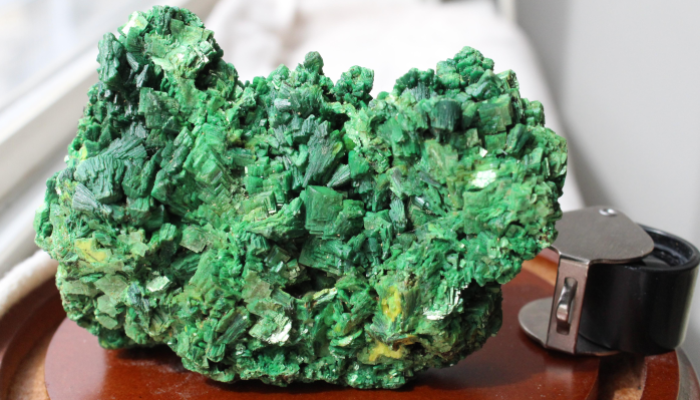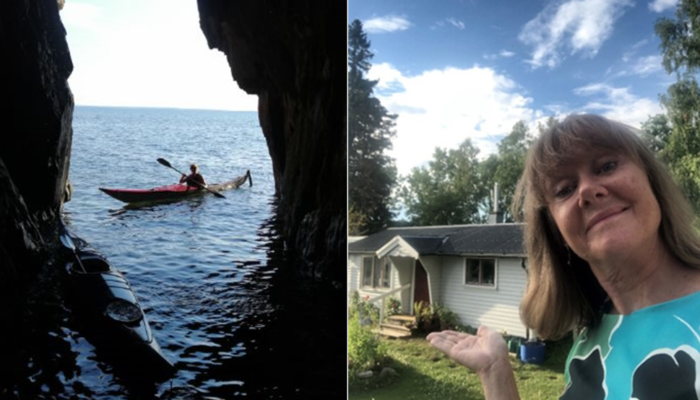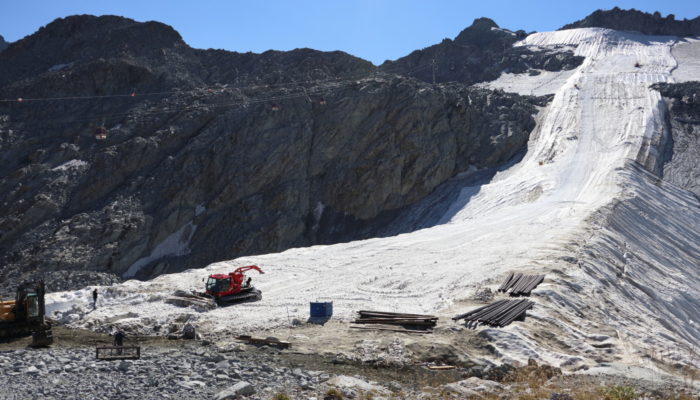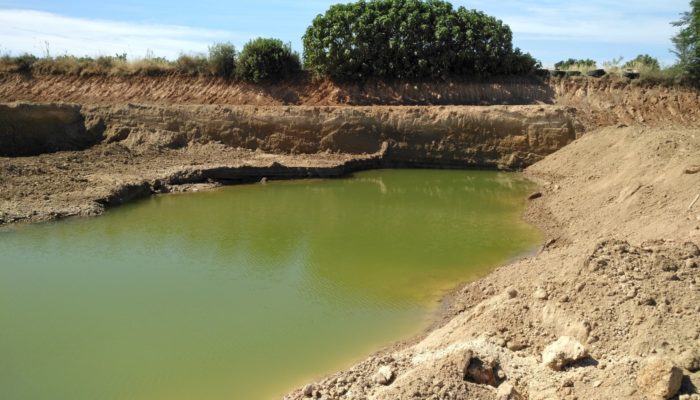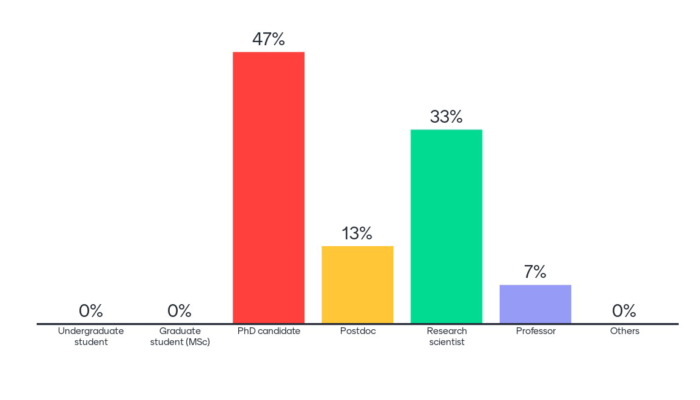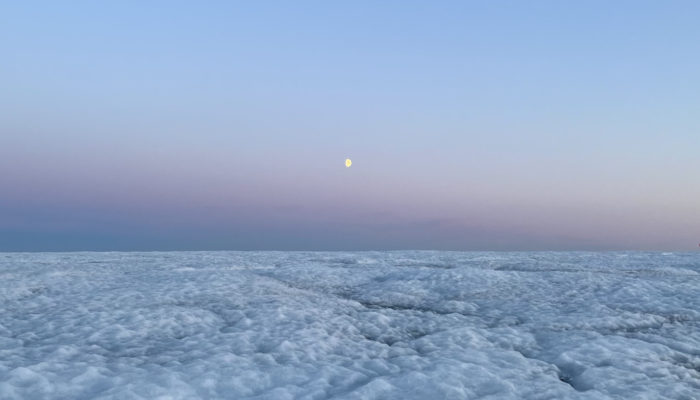Most of us have been directly or indirectly involved in outreach activities, often relying on shiny rocks to capture people’s fascination. This week, Aaron Van Alstine, a member of the Memphis Archaeological and Geological Society, a passionate rockhounder, and moderator of the sub-reddit on radioactive rocks, shares his views on why all earth scientists need a rock collection and how to st ...[Read More]
Hydrological Sciences
Berit Arheimer (2021 Henry Darcy Medallist) early autumn reflections from a summer cabin
The EGU 2021 Henry Darcy Medal of the EGU Division on Hydrological Sciences was awarded to Berit Arheimer, leader of the Hydrological Research unit at SMHI, and first ever female elected president of IAHS. The medal was awarded for her scientific leadership in policy-relevant large-scale modelling of water quality and quantity, promotion of open hydrology, and her excellence in managing research g ...[Read More]
Tectonics and Structural Geology
Tektonika Diamond Open Access Journal
In a nutshell Tektonika is a community-led Diamond Open Access journal (DOAJ) for tectonics and structural geology launching in early 2022. The journal will publish high quality peer-reviewed research that is free for authors and readers, offering an alternative to long-standing publishing models that conceal knowledge dissemination behind paid subscriptions. Community involvement is at Tektonika’ ...[Read More]
Cryospheric Sciences
Did you know about Artificial Glaciers?
There are several ways that we can classify glaciers. We can look at their shape, their size, their type of terminus, and many other features. A new characteristic has recently been gaining in popularity: artificiality. Yes, we now have a few artificial glaciers! Have you ever heard about them? They are glaciers whose behavior is directly influenced by human interventions in order to improve their ...[Read More]
Geodynamics
The Sassy Scientist – Teeing A Puddy Tat
Sylvester is continuously ogling new readers for his scientific communications. Pawing at several social media, he purrs: Do you need Twitter to spread your science? Dear Sylvester, Yes. Next question, please. I mean, it’s quite popular. Isn’t it? If you throw in a couple of tags to institutions, active members of the scientific social media community or even just some journals there&# ...[Read More]
Geodesy
A look beneath Earth’s surface: monitoring groundwater from space
Groundwater is one of the most important resources of freshwater for ecosystems and mankind. Because of this fundamental role in the Earth’s water and energy cycles, groundwater has been declared as an essential climate variable by GCOS, the Global Climate Observing System. As with other subsurface processes, it is difficult to observe and monitor on a global scale. This is especially true if you ...[Read More]
Geochemistry, Mineralogy, Petrology & Volcanology
Carbonate Minerals: the Silent Players of Climate Change – Victoria Corcimaru for GMPV for Sustainable Development
GMPV and The Sustainable Development Goals In 2015 all United Nations Member States adopted a set of Global Goals, as a universal call to protect our planet, end poverty and ensure that all people can enjoy peace and prosperity. These are called the Sustainable Development Goals – 17 integrated goals aimed at addressing the challenges our society is currently facing considering social, economic, a ...[Read More]
Biogeosciences
Looking back at our first BG campfire.
The BG division is extremely excited about including campfire events in our regular program. Campfires are informal events where we would like to bring together the biogeosciences community to discuss, learn or implement new ideas. To do so, we first wanted to know what the hottest topics are that interest our members. We celebrated the first BG campfire event last May 27th. It was an exciting mee ...[Read More]
Geodynamics
Modelling the Thermal Evolution of Subduction Zones
Subduction zones are as complex as they are ubiquitous. To understand subduction zone dynamics and processes we first have to understand the thermal structure of subduction zones and how this evolves in time. This week Adam Holt, Assistant Professor in the Department of Marine Geosciences (MGS) at the University of Miami Rosenstiel School of Marine and Atmospheric Science (RSMAS) and Cailey Condit ...[Read More]
Cryospheric Sciences
Did you know about the weathering crust? Five things you never knew about glacier surfaces
To the untrained eye, the melting surface of glaciers and ice sheets can look a little boring. It’s bright in some places, dark in others, and there are lots of things to fall over and (hopefully not) get your feet wet in. However, a huge range of processes are occurring both upon and just underneath the ice surface, in a 50-ish cm thick layer of ice called the weathering crust (or the “crust” for ...[Read More]

